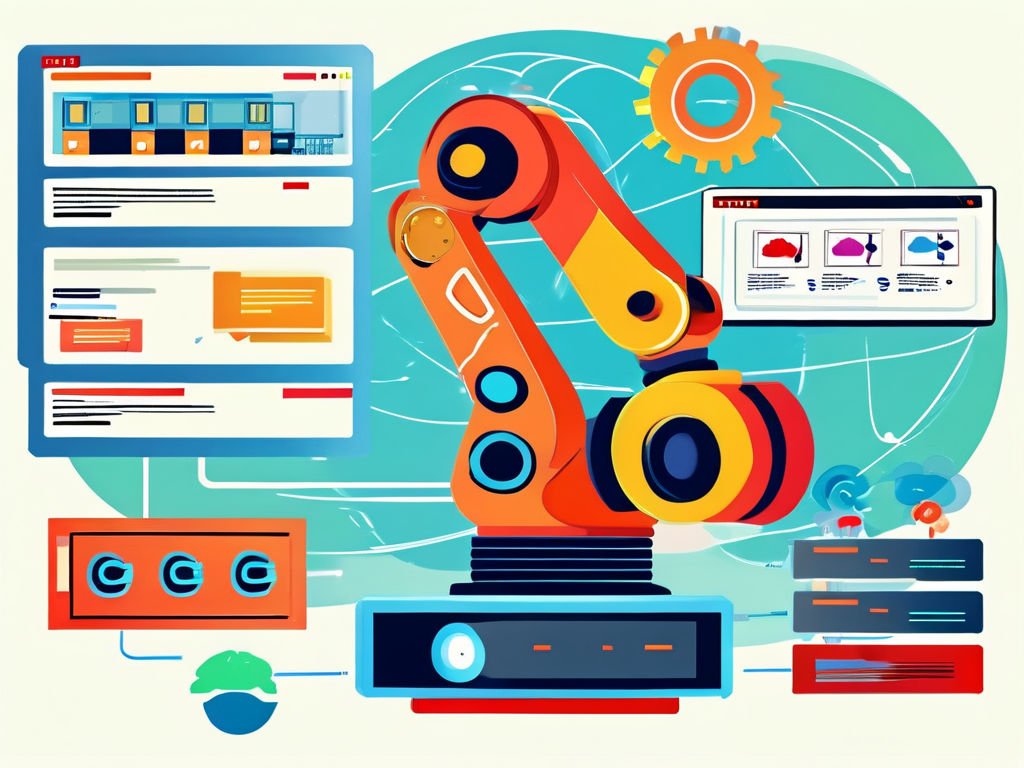The journey of automated deployment represents one of the most transformative shifts in software engineering. What began as a manual, error-prone process has evolved into a sophisticated orchestration of tools and practices that power modern development pipelines. This article traces the milestones that shaped this revolution and examines how automation became the backbone of today's software delivery.

The Era of Manual Interventions
In the 1990s and early 2000s, deploying software required meticulous human involvement. Teams relied on handwritten checklists to copy files, configure servers, and verify dependencies. A single misplaced semicolon in a configuration file could derail entire releases. System administrators often worked overnight to execute deployments during "maintenance windows," facing pressure to avoid downtime for users.
The risks were high: Studies from this period show that nearly 40% of production failures stemmed from deployment errors. Organizations like NASA documented cases where manual deployment oversights caused delays in critical system updates. This fragility sparked the first discussions about standardizing deployment workflows.
Scripting: The First Leap Forward
By the mid-2000s, scripting languages like Bash and PowerShell introduced partial automation. Engineers began writing custom scripts to handle repetitive tasks such as file transfers or service restarts. For example, a typical deployment script might include:
#!/bin/bash scp -r ./build/* user@prod-server:/var/www/ ssh user@prod-server "systemctl restart apache2"
While these scripts reduced human error, they were brittle and environment-specific. A script designed for a development server often failed in staging due to path differences or missing dependencies. Version control for scripts was ad hoc, leading to "works on my machine" conflicts among teams.
The Rise of Configuration Management
The of tools like Puppet (2005) and Chef (2009) marked a paradigm shift. These platforms allowed engineers to define infrastructure as code, enabling reproducible environments. Ansible's YAML-based playbooks, released in 2012, further simplified automation:
- name: Deploy web application
hosts: webservers
tasks:
- copy:
src: /opt/app/build/
dest: /var/www/html/
- service:
name: apache2
state: restarted
This era saw the emergence of DevOps culture, bridging the gap between development and operations. Companies adopting these tools reported 60-70% faster deployment cycles, according to a 2013 Forrester report.
Containerization and Cloud-Native Pipelines
Docker's release in 2013 and Kubernetes in 2014 revolutionized deployment scalability. Containers abstracted environment differences, while orchestration systems automated rollouts and rollbacks. A Dockerfile example demonstrates this shift:
FROM node:14 WORKDIR /app COPY package*.json ./ RUN npm install COPY . . CMD ["npm", "start"]
Cloud providers like AWS and Azure integrated these technologies into managed services. The concept of immutable infrastructure gained traction—instead of patching servers, teams replaced entire container clusters with updated versions.
Modern CI/CD Ecosystems
Today's deployment pipelines combine multiple tools into cohesive workflows. GitHub Actions, GitLab CI/CD, and CircleCI enable event-driven automation. A typical GitHub Actions workflow might include:
name: Deploy to Production
on:
push:
branches: [ main ]
jobs:
deploy:
runs-on: ubuntu-latest
steps:
- uses: actions/checkout@v2
- run: npm install && npm build
- uses: azure/webapps-deploy@v2
with:
app-name: 'my-app'
publish-profile: ${{ secrets.AZURE_PUBLISH_PROFILE }}
Machine learning now optimizes deployment strategies. Netflix's Spinnaker, for instance, uses predictive analytics to determine the safest rollout pace for microservices.
The Future Horizon
Emerging trends include:
- AI-Driven Deployment: Tools that auto-remediate failures during rollouts
- Serverless Architectures: Abstracting deployment layers entirely
- Blockchain-Verified Deployments: Tamper-proof audit trails for compliance
A 2023 Gartner study predicts that by 2025, 80% of enterprises will deploy AI-augmented automation tools, reducing manual oversight by 90%.
From fragile manual processes to self-healing pipelines, automated deployment has redefined software delivery velocity and reliability. As technologies like quantum computing and edge networking evolve, deployment automation will continue adapting—but its core mission remains unchanged: enabling humans to focus on innovation rather than mechanical tasks.









